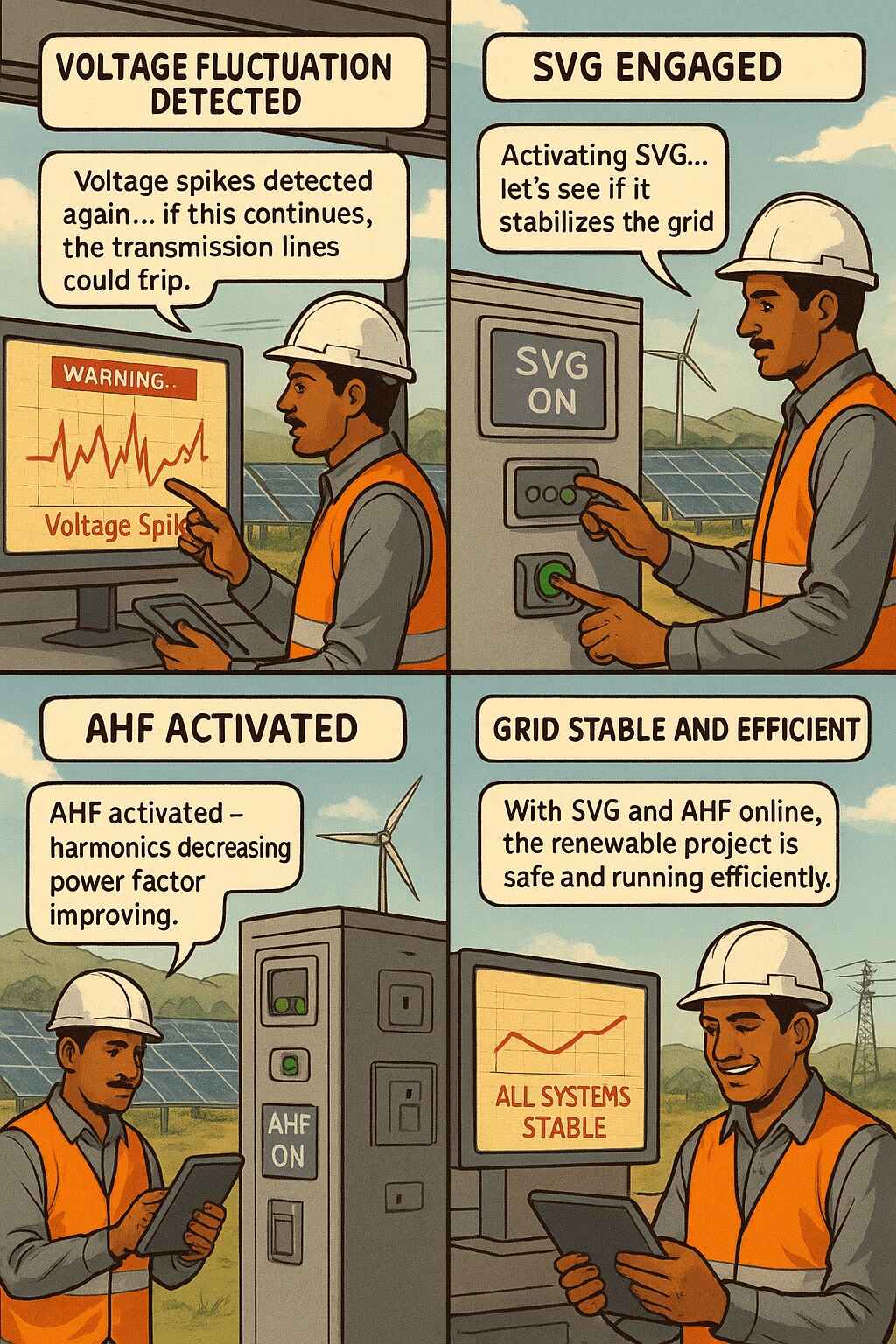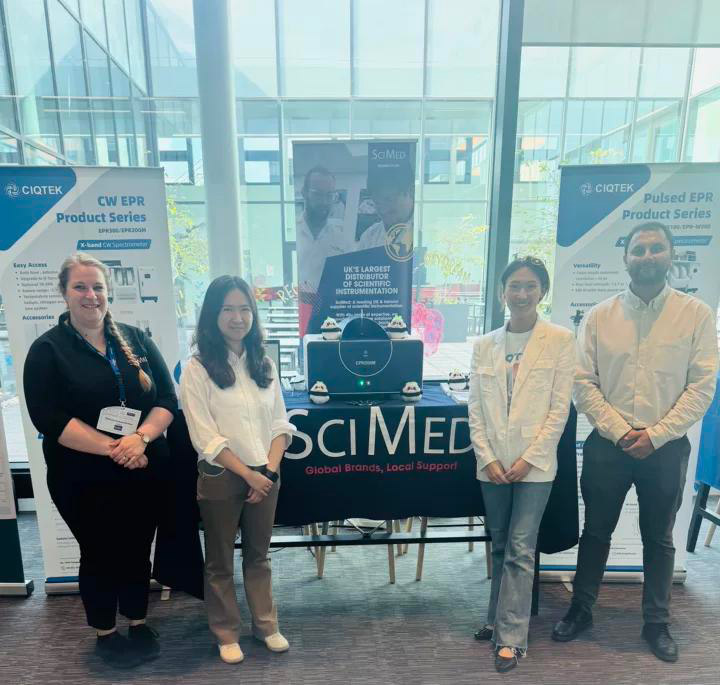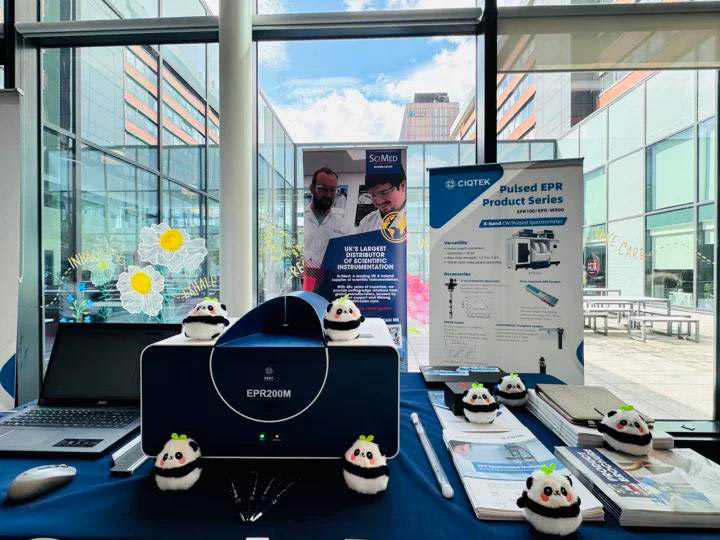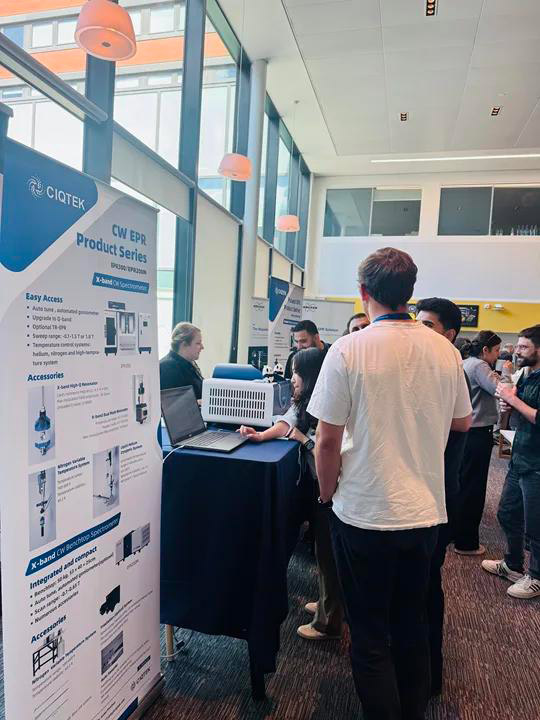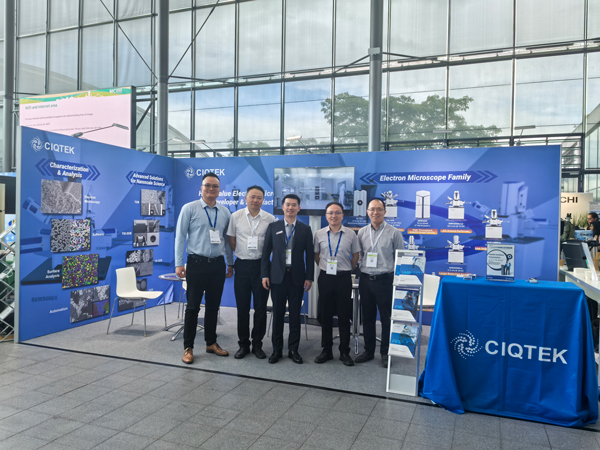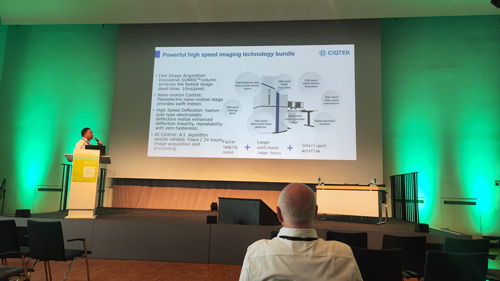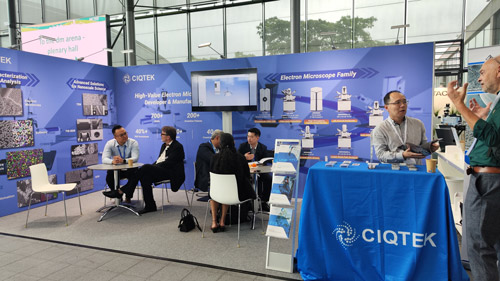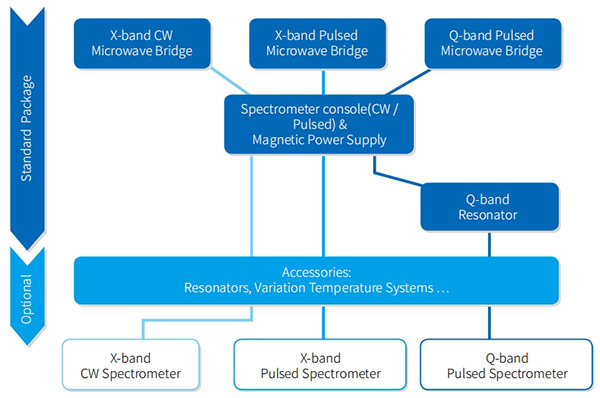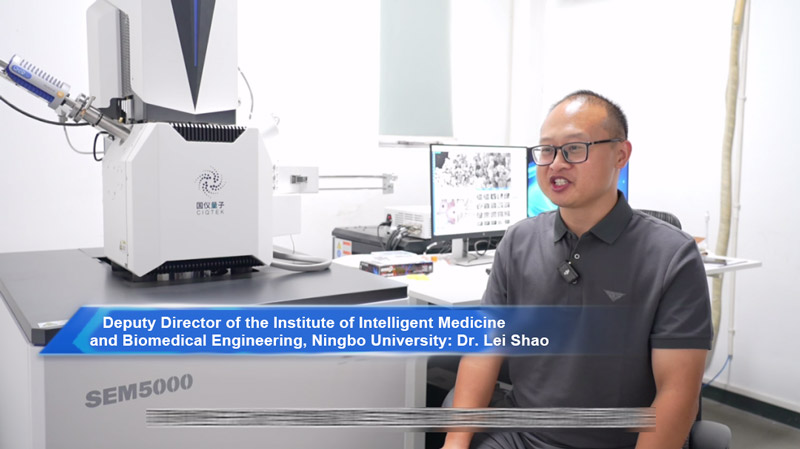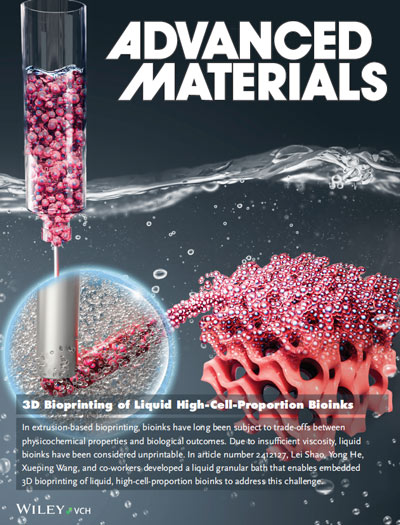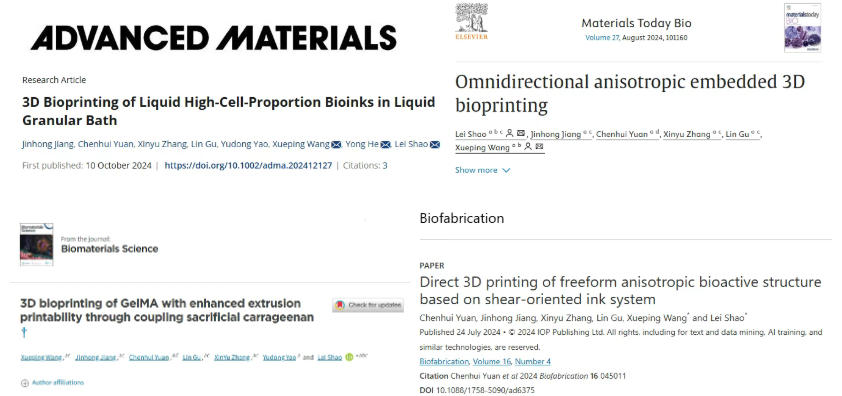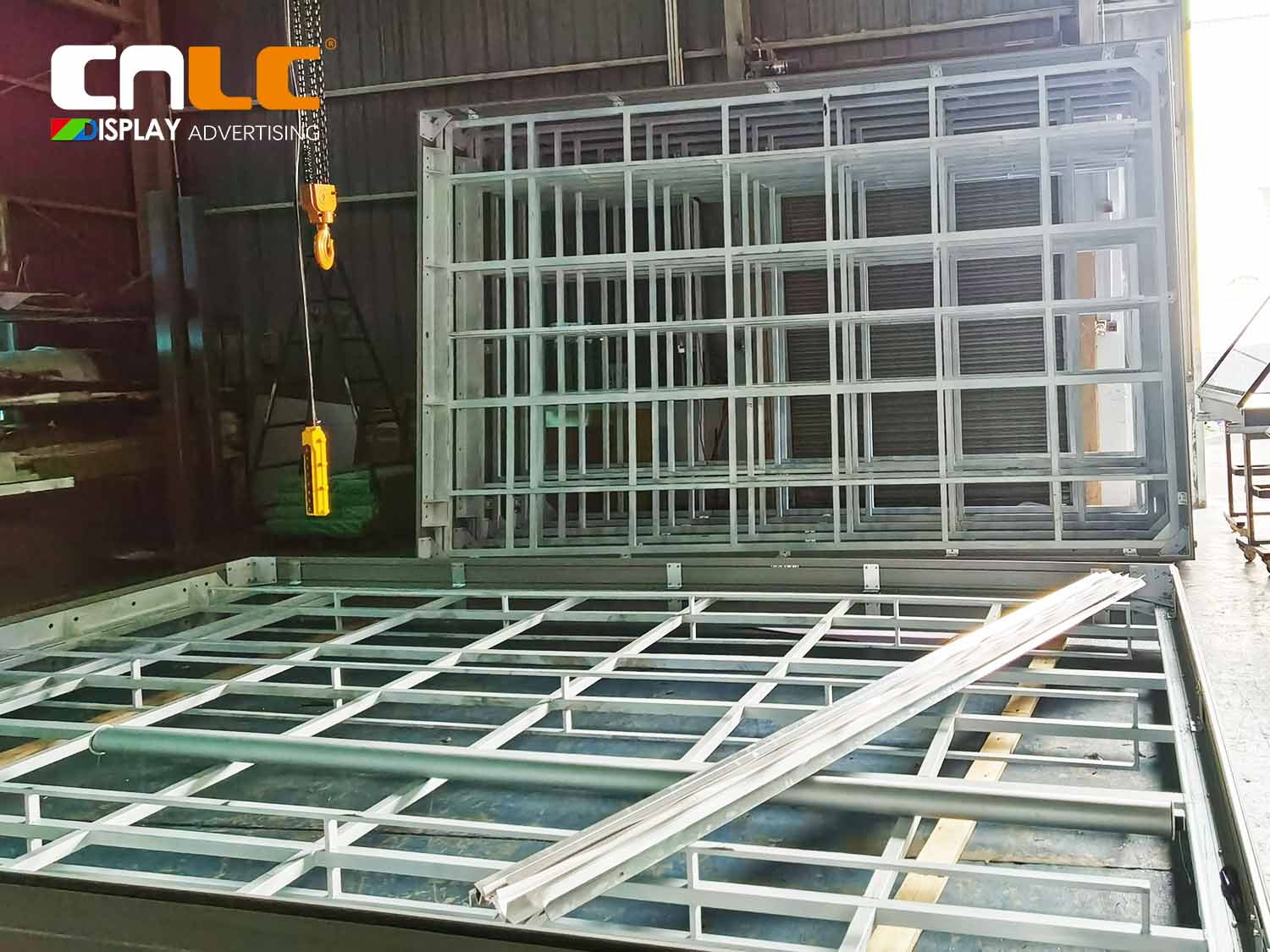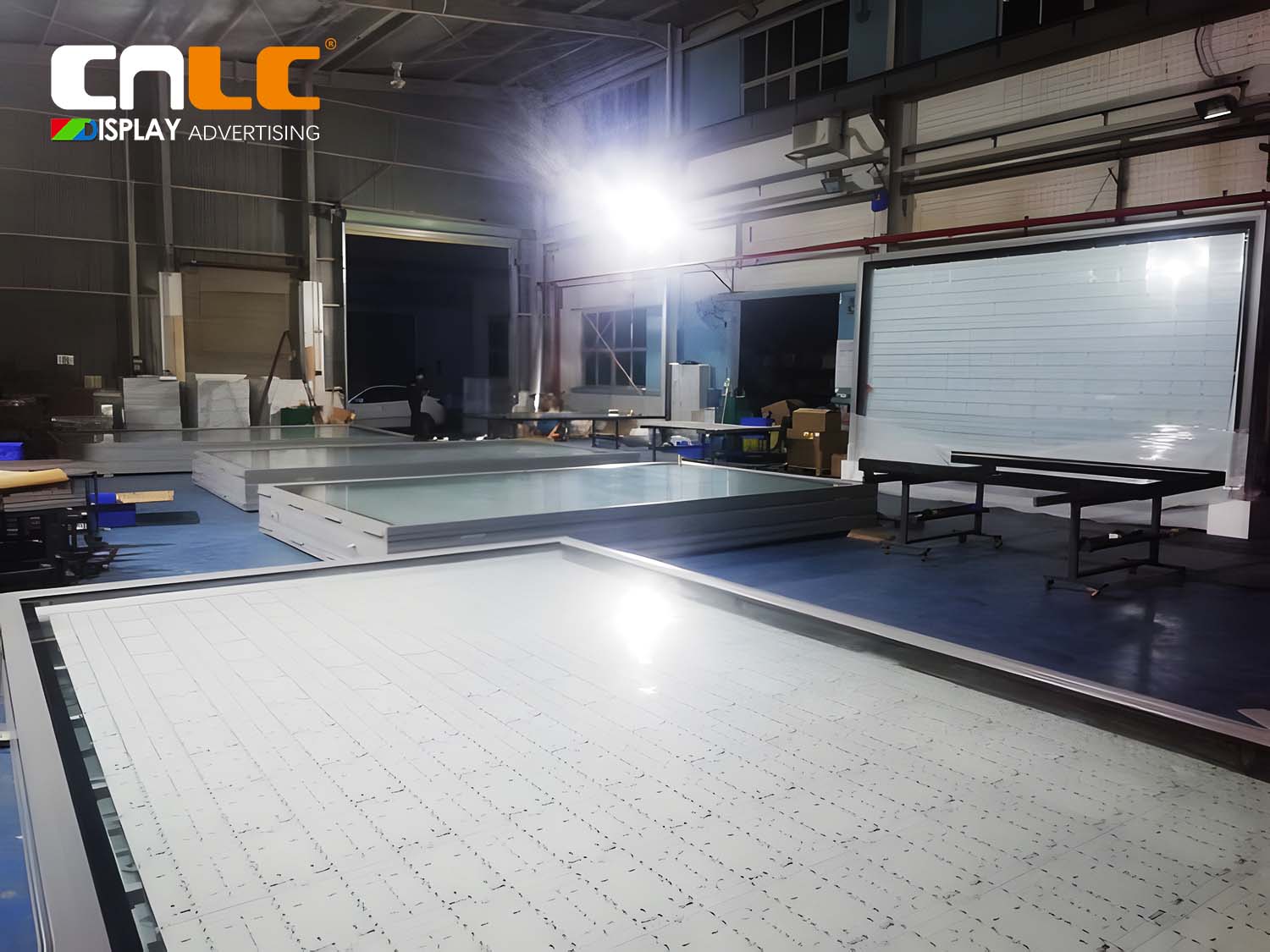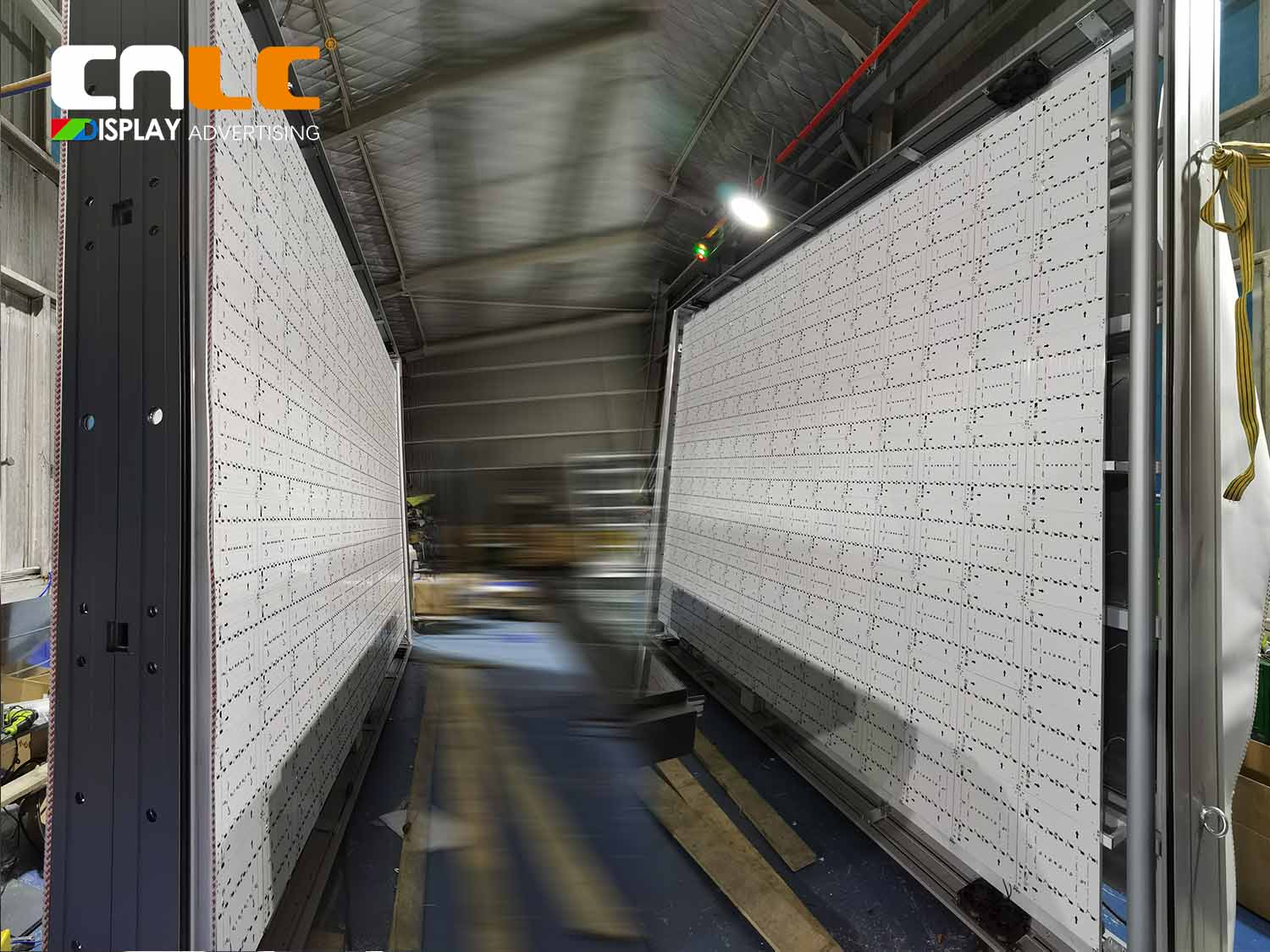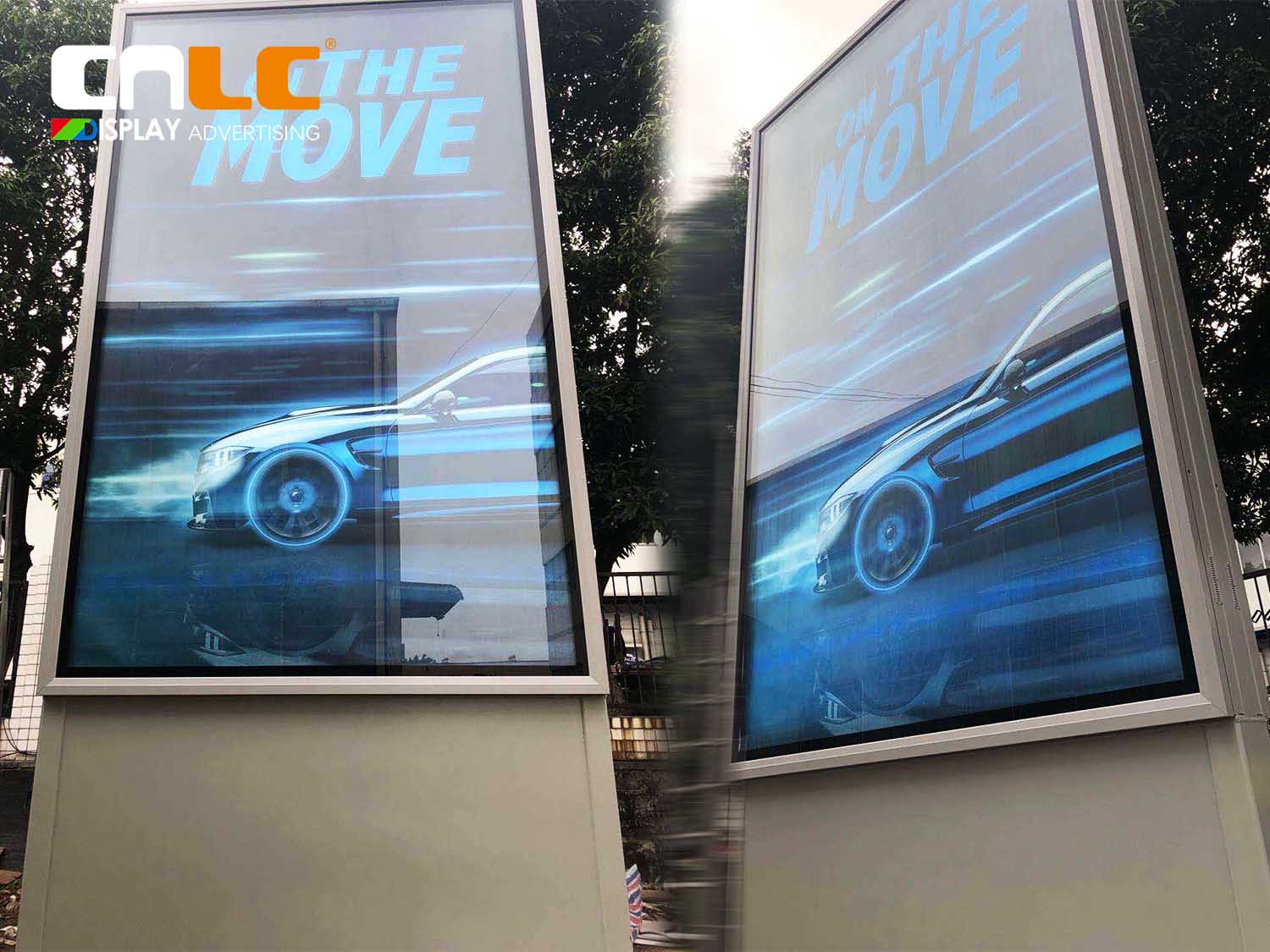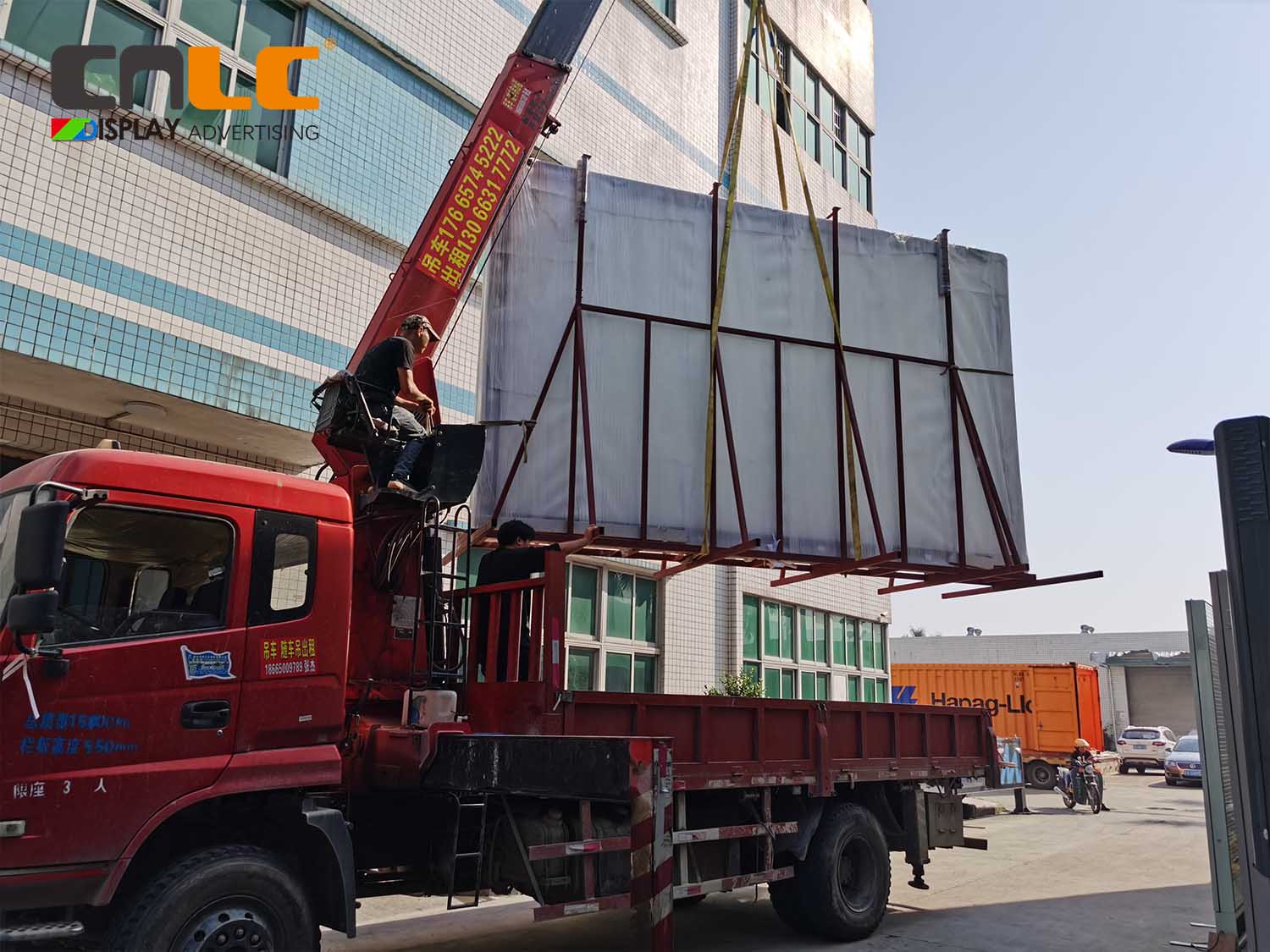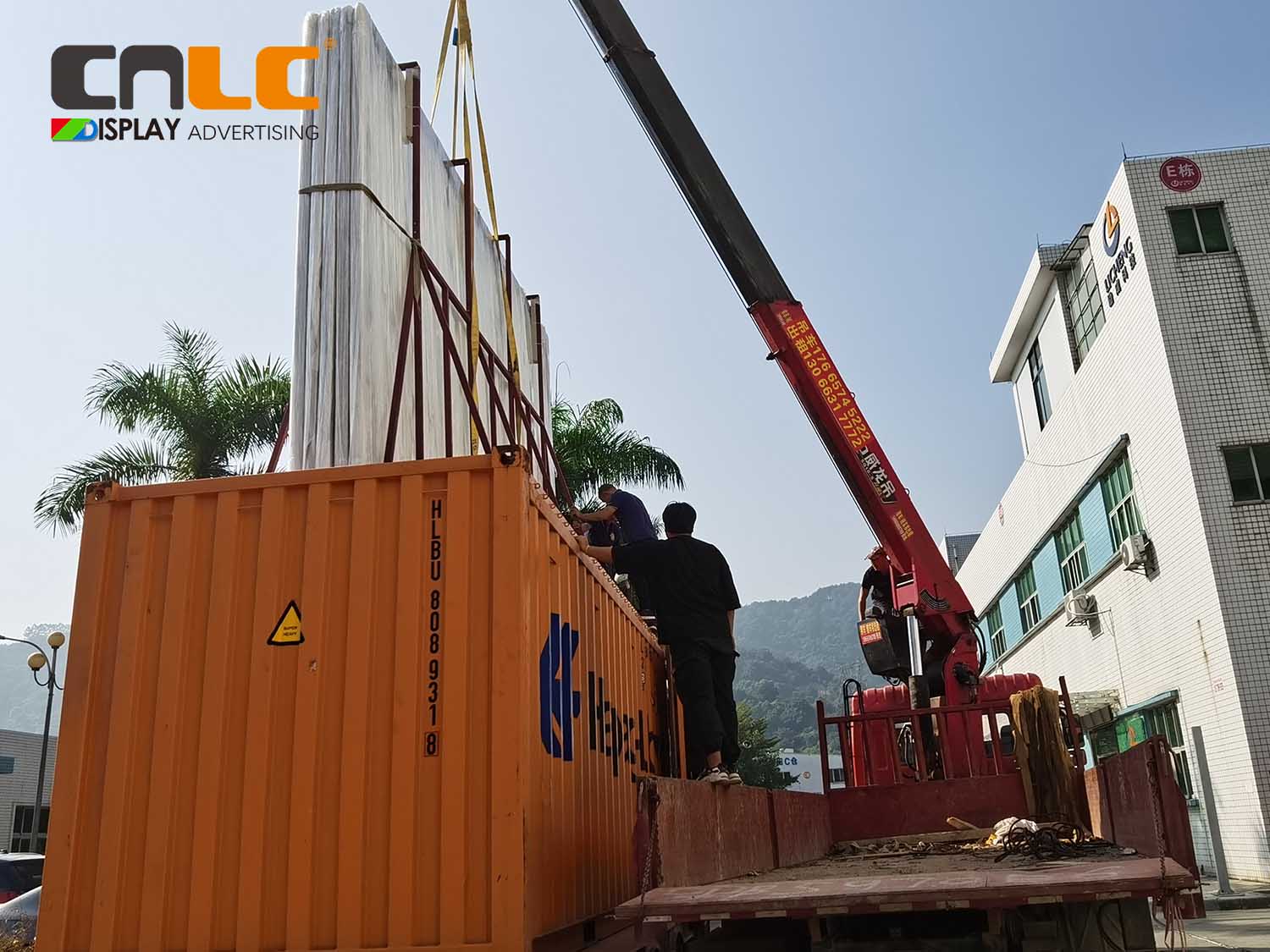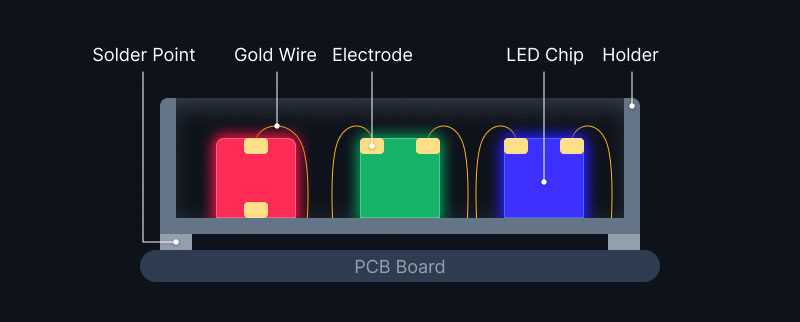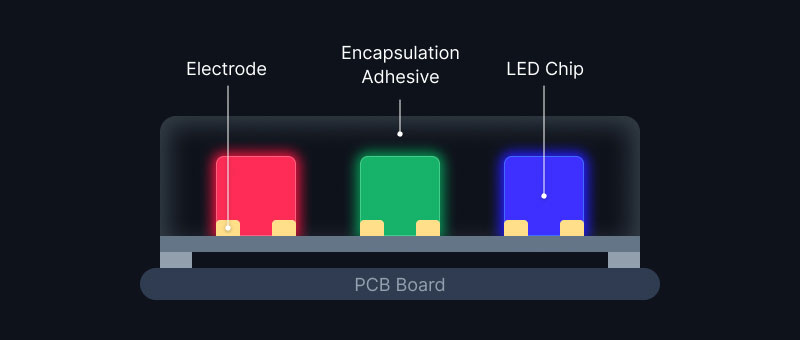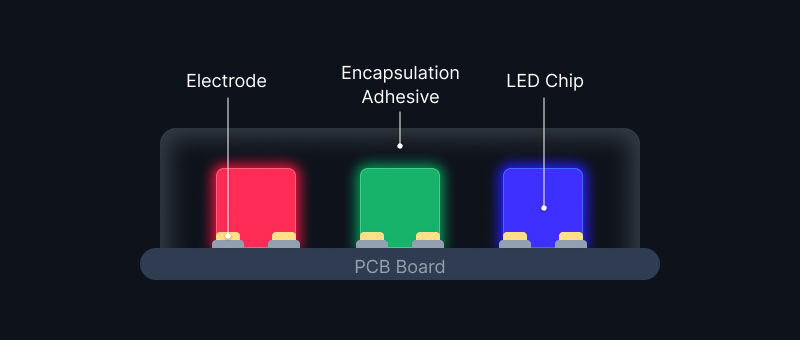Many researchers rely on EPR spectrometers that have been running for years, sometimes even decades. These instruments are often still reliable for core measurements, but one part that tends to cause trouble over time is the variable temperature (VT) system.
If your current VT accessory is no longer functioning or delivers unstable temperature control, you don’t necessarily need to replace the entire spectrometer. Instead, a new VT system for old EPR instruments can be a practical, cost-effective solution.
Why Upgrade the VT System?
Temperature Stability for Better Data
A modern EPR VT upgrade provides precise nitrogen or helium cooling, ensuring stable temperature ranges for sensitive EPR experiments. This reduces noise and improves the reproducibility of your spectra.
Compatibility with Existing EPR Consoles
Many labs still operate some legacy models. A new VT system for old EPR can often be integrated with these setups, extending their useful life without the cost of a brand-new spectrometer.
Budget-Friendly Modernization
Buying a new EPR spectrometer can be out of reach for some labs. An EPR modernization path, such as replacing the VT system, allows you to modernize step by step, spreading out costs while improving performance where it matters most.
Signs Your VT System Needs Replacement
-
Difficulty maintaining stable temperatures during long runs.
-
Increased downtime due to malfunctioning cooling components.
-
Limited temperature range compared to today’s experimental needs.
-
High running costs from inefficient, aging systems.
If any of these sound familiar, your spectrometer is likely due for EPR Spectrometer Modernization & Upgrade.
CIQTEK’s Approach to EPR Modernization
EPR modernization is not just about replacing one part. It’s about extending the lifespan of your entire system while improving usability and performance. At CIQTEK, we provide a comprehensive modernization and upgrade service that covers much more than just VT systems:
-
Variable Temperature (VT) System Replacement
Upgrade to a reliable nitrogen/helium VT system with cryostat options for stable, reproducible results.
-
Electronics and Console Upgrades
Outdated electronics are a common cause of downtime. CIQTEK provides replacement modules and controllers that integrate seamlessly with legacy EPR instruments across all major models.
-
Magnet and Power Supply Maintenance
Many older systems still have strong magnets but suffer from unstable power supplies. We provide replacement solutions to restore consistent magnetic field performance.
-
Software & User Interface Modernization
Old software can limit productivity. CIQTEK upgrades include intuitive, Windows-based interfaces and modern data acquisition features while maintaining compatibility with existing hardware.
-
Detector & Accessory Integration
From resonators to gas-flow controllers, CIQTEK can supply replacements or upgrades that fit seamlessly into your current setup.
What makes our approach unique is that we support virtually all legacy EPR models on the market. No matter how old the system is, our modernization solutions allow researchers to keep their instruments running reliably, without the need for a costly full replacement.
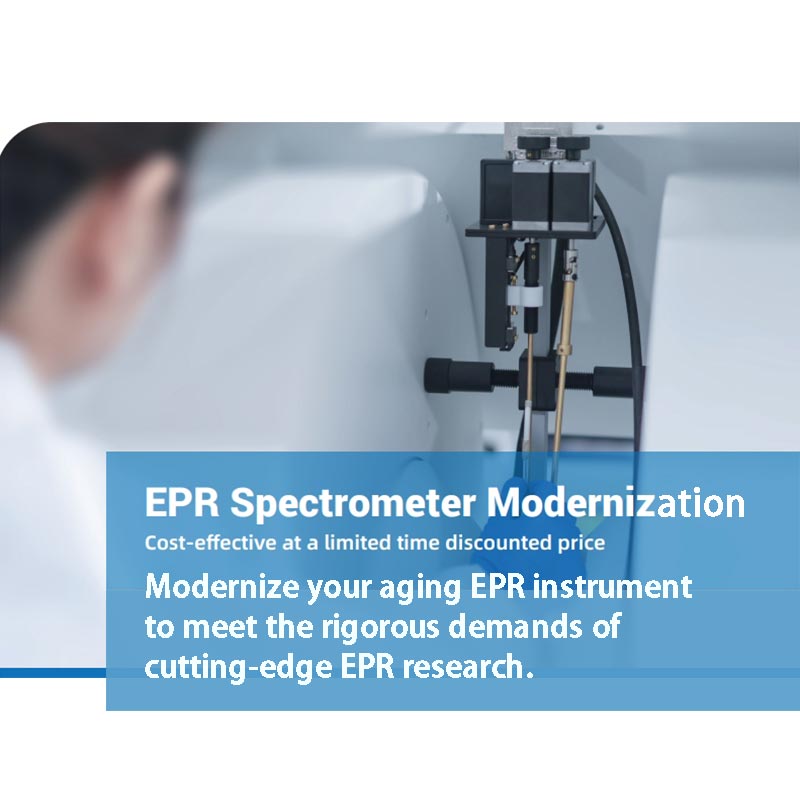
A Real-World Case: Modernization in the UK
One of our recent EPR modernization projects involved a research group in the UK. Their long-serving spectrometer was still technically sound but increasingly limited in performance. Instead of investing in a brand-new system, they chose CIQTEK’s EPR Spectrometer Modernization & Upgrade package.
A non-functioning VT system doesn’t have to mean the end of your EPR spectrometer. With the right EPR VT upgrade, you can breathe new life into older instruments, save money, and continue producing high-quality data.
If you’re exploring options for EPR modernization or need advice on upgrading your existing system, CIQTEK can help. Our EPR Spectrometer Modernization & Upgrade services are built to keep your research moving forward.
>> Contact us today to learn more about extending the life of your EPR with a new VT system for old EPR instruments.
FAQs about EPR Modernization & Upgrades
Q1: Do I need to replace my entire EPR spectrometer if the VT system fails?
A1: Not necessarily. In many cases, only the VT system needs to be replaced. A new VT system for old EPR instruments can restore stable temperature control and extend the overall lifetime of your spectrometer.
Q2: Are CIQTEK’s modernization services compatible with Bruker or JEOL systems?
A2: Yes. CIQTEK’s EPR modernization and upgrade solutions are designed to support almost all legacy models on the market.
Q3: Besides VT systems, what other parts can be upgraded?
A3: CIQTEK provides upgrades for electronics, consoles, magnets, power supplies, software interfaces, detectors, and accessories. This ensures your instrument can keep up with modern research demands.
Q4: How much does an EPR upgrade cost compared to buying a new spectrometer?
A4: A full replacement spectrometer is often a significant investment. An EPR upgrade package, such as a VT system replacement or console modernization, typically costs only a fraction of a new system while delivering substantial performance improvements.
Q5: Has CIQTEK’s modernization already been implemented in real labs?
A5: Yes. For example, a research group in the UK successfully upgraded their older spectrometer from CIQTEK. They reported improved stability, reduced downtime, and extended instrument life, without the cost of buying new.
Q6: How can I know if my EPR is suitable for an upgrade?
A6: If your instrument still produces usable spectra but suffers from unstable temperature control, frequent downtime, or outdated software, it’s likely a good candidate. CIQTEK’s team can evaluate your setup and recommend a tailored EPR modernization plan.
